The importance of physical texts and implementation of reading and novels has fluctuated in schools over the years, especially taking into consideration this generation of ever-changing technology and the rise of AI. As a student’s education grows, will this technology grow with it?
It is inevitable that technology will rise and continue to take part in every aspect of life, including education. Technology and artificial intelligence are slowly being implemented in schools, and replacing what students and teachers have been accustomed to for years. It is important to understand that “AI is not going away, [and] we need to teach students how to understand and think critically about this technology” according to Victor Lee from the Stanford Report. As long as teachers and students alike are focused on utilizing technology and AI as a research tool and educational aid, technology will be able to grow and change along with students, rather than against them. The internet can be used to encourage students and promote better learning and research. Without being overused, AI has the ability to guide students through improving writing, and uncovering a world of information, considering it has access to the entire internet. In high education institutions, “chatbots support learners by responding to admissions queries, connecting students to course information and student services and delivering reminders. Other chatbots can help students brainstorm ideas, improve their writing skills and optimize their study time” (Artificial Intelligence In Education: Teachers Opinions On AI In the Classroom, Forbes). In the same vein, technology integration has proven to be an asset on the teaching side of education. Not only in quickening grading or organizing assignments, but additionally coming up with lesson plans to generate student project ideas to create quizzes. With assistance from artificial intelligence, teachers can gain more time to spend with their students” (5 Pros And Cons Of AI in the Education Sector, Walden University).
On the contrary, technology implementation can also dampen creativity and persuade overreliance. Especially as AI and artificial chatbots are rising in accessibility with students, those tools can and have very quickly become a vessel for laziness and unoriginality. Rather than seeing artificial intelligence and internet access as a way to enhance writing skills, better understand topics, or seeking out help when a teacher/administrator is not available, students are fast to copy and paste artificially created essays and answers as their own. In doing this, students can not incorporate or synthesize their own thinking and learning into their work or writing.
Overall, technology consolidation and AI orchestration has aided as well as hindered education, with both teachers and students. Research, laziness, creativity, and overreliance all come with ever changing technology that is bound to be connected to education as long as we know it. The important goal is to navigate students and educators through how to grow, evolve, and see technology as a stepping stone, not a wall.





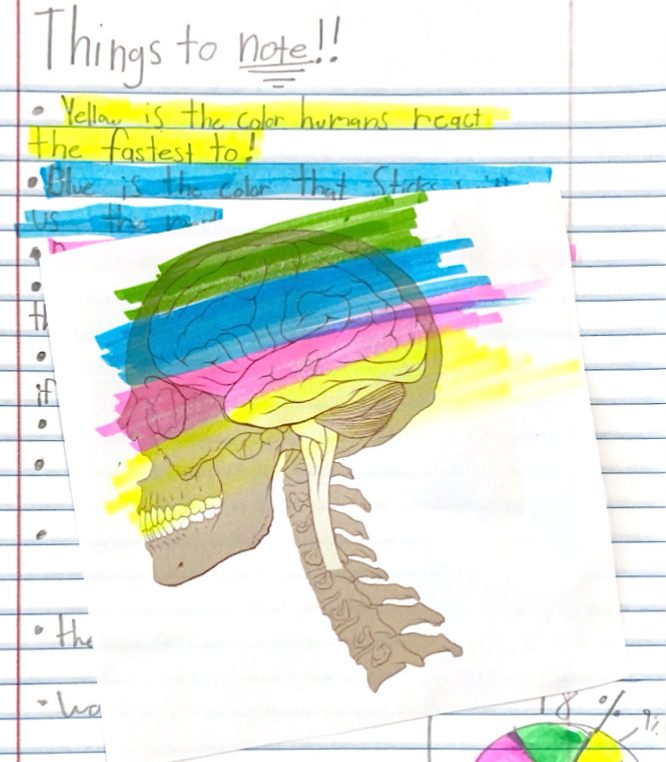


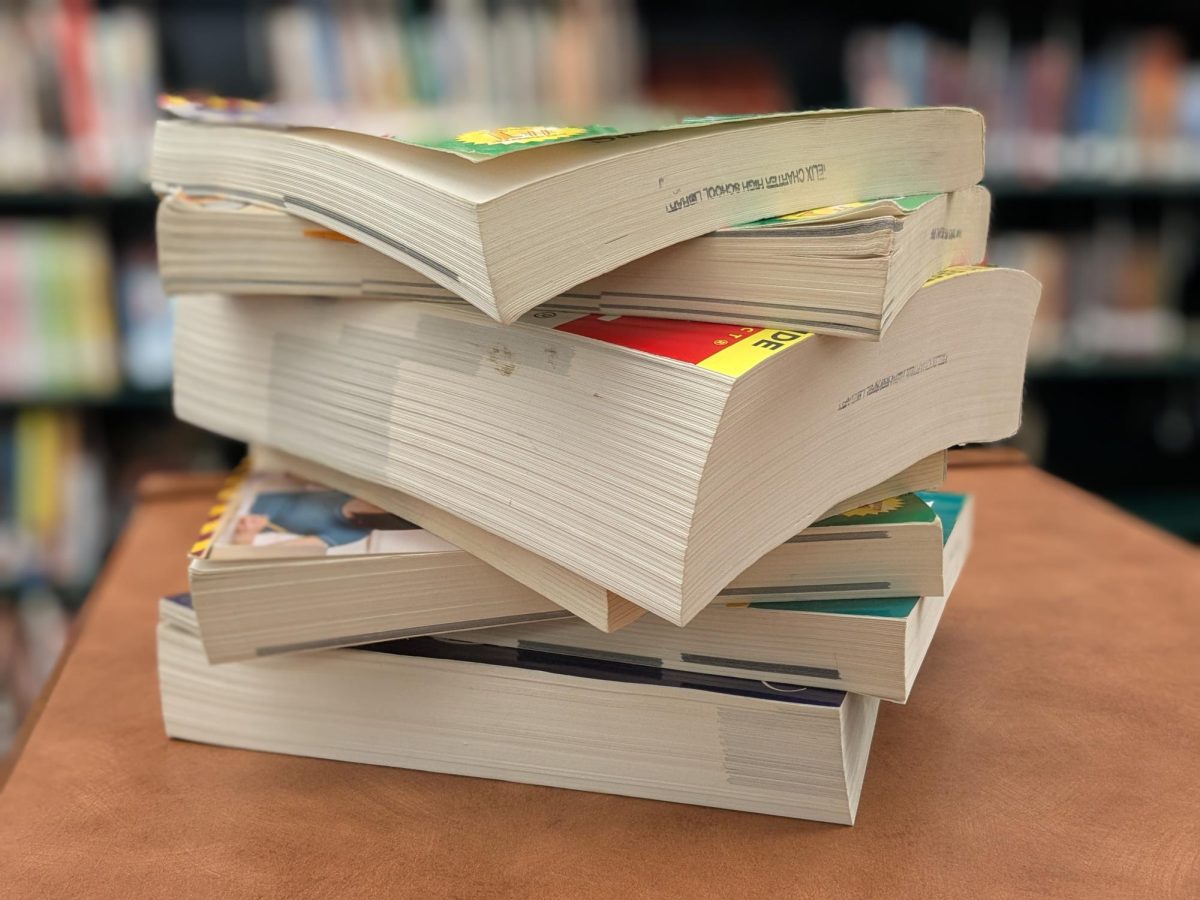






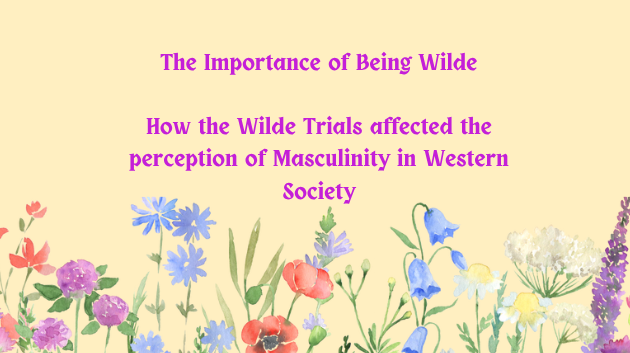


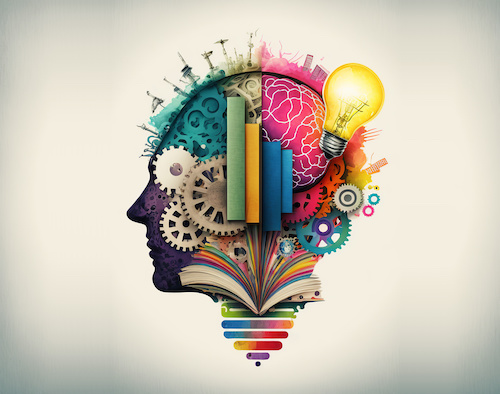
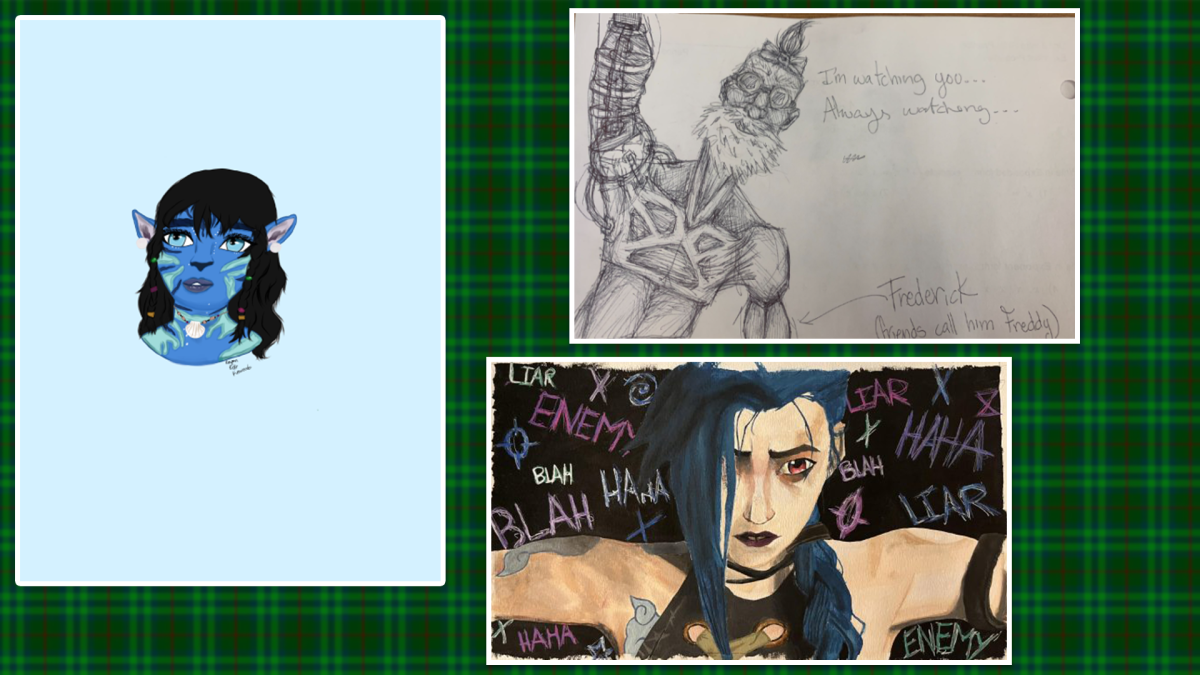


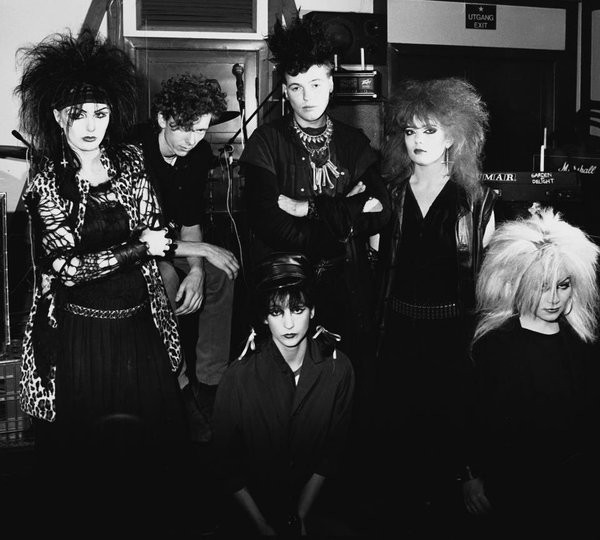

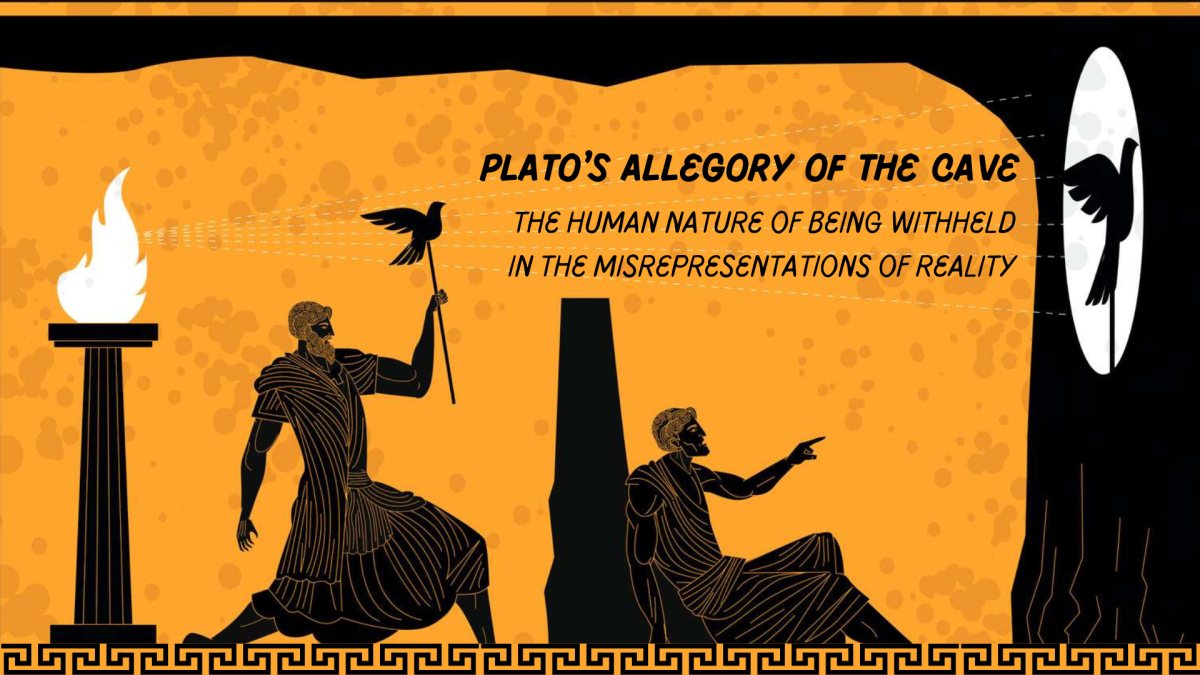


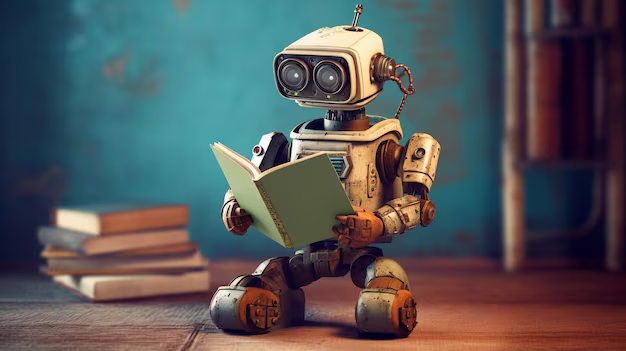


Barbara Dagman • Oct 9, 2024 at 7:17 AM
I am definitely still on the wall side, but your article forced me to open my mind a little. Thanks June!